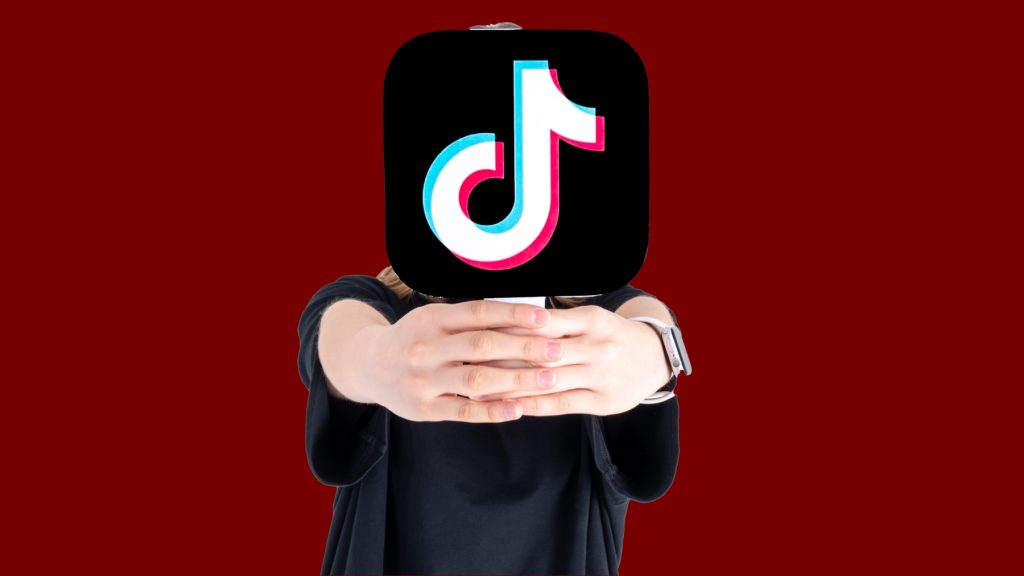
On Tuesday, October 8, more than a dozen states and the District of Columbia filed lawsuits against TikTok, accusing the platform of contributing to TikTok addiction and harming children’s mental health.
The lawsuits surfaced following a national investigation into the ByteDance-owned company in March 2022. During that time, the House Committee of Energy and Commerce pressured TikTok’s parent company to sell their application or face a ban six months later.
A bipartisan coalition of attorneys general from states such as New York, California, Kentucky, and New Jersey were part of this. The lawsuits were filed in state courts.
At the center of the lawsuits is the TikTok addictive algorithm, which has the “For You” feed, which delivers tailored content based on users’ interests. The complaints argue that design features, such as endless scrolling, push notifications with built-in “buzzes,” and face filters promoting unrealistic beauty standards are intentionally developed by TikTok to keep children hooked to the platform, leading to the common user becoming a TikTok addict.
“They’ve chosen profit over the health and safety, well-being, and future of our children,” California Attorney General Rob Bonta said at a news conference in San Francisco. “And that is not something we can accept. So, we’ve sued.”
The lawsuits come nearly a year after similar complaints were filed against Instagram’s parent company, Meta Platforms Inc., for allegedly contributing to the youth mental health crisis by knowingly designing similar addictive TikTok features, which the social platforms later added to their list of features.
“Keeping people on the platform is how they generate massive ad revenue,” stated the District of Columbia Attorney General Brian Schwalb. “But unfortunately, that’s also how they generate adverse mental health impacts on the users.”
Addiction to TikTok and Other Platforms
The issue of addiction of TikTok extends to other platforms as well, from the likes of Meta Platforms’ social networks, and YouTube’s Shorts – also utilizing addictive features, inspired by TikTok.
Due to the ongoing geopolitical tensions, the US does not extend to American company, or at least not as scrutinized as TikTok is, simply focusing on Chinese-owned platforms, be it social or any other form.
The common feature that Instagram, Facebook, YouTube, and TikTok share are the reels which cause doomscrolling TikTok dopamine addiction as well as on other platforms.
TikTok addiction is real just like other platforms such as Instagram and Facebook Reels, YouTube Shorts, and TikTok, by its combination of short, bite-sized content, infinite scrolling, and highly personalized algorithms that keep on serving users relevant videos and keep them hooked.
When does the TikTok addiction take place?
First, instant gratification is tapped by the design of the platform through entertaining content which can be used quickly, and which seems endless. These include trending challenges, effects, filters, and social validation through likes and comments that allow users to stay connected. Is TikTok addicting? Yes, because, due to individually personalized content, the user cannot stop the scrolls, creating this powerful cycle of long, continued engagement.
The moral of this is that the problem is not with ByteDance-owned social company itself, but with who owns TikTok. All platforms resemble the same system and even if the Chinese TikTok which is educational takes over the TikTok we know, the US government would still have an issue with it and still would want to ban it.
Inside Telecom provides you with an extensive list of content covering all aspects of the tech industry. Keep an eye on our Tech sections to stay informed and up-to-date with our daily articles.